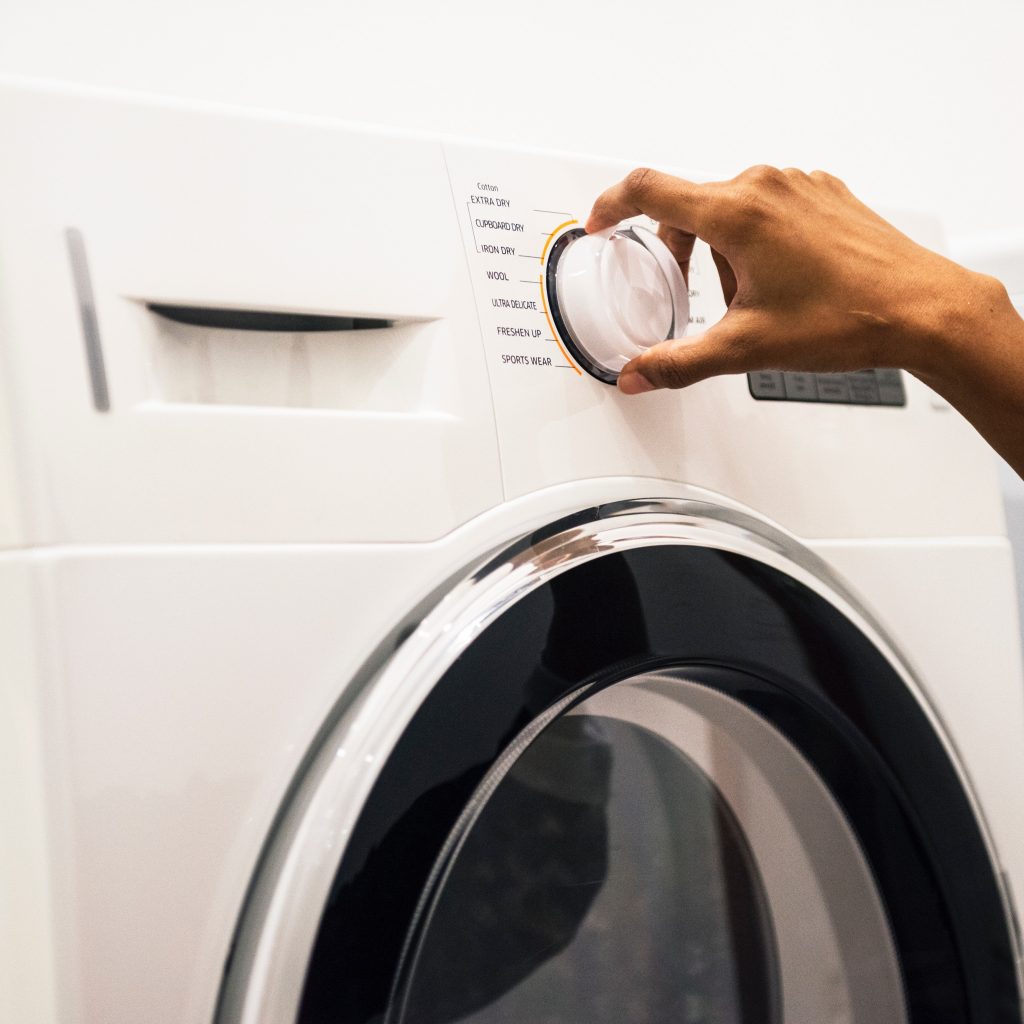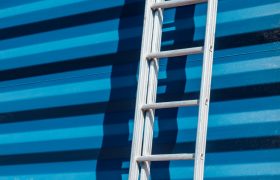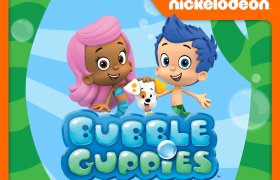Tips for Cleaning Baby Clothes

When it comes down to it, being a new parent is learning new routines and rules every time you turn around. From keeping track of medical visits to learning new ways to cope with sleeplessness and stress having a new baby can throw anyone for a loop. Luckily when it comes to laundry, there are only a few tips to keep in mind.
Wash first
Whether you got your new baby clothes as a gift or picked them up yourself at the store, you’ll want to make sure to give them a good wash before you let your baby wear them. Remember that even clothes that look clean may be hiding chemicals or allergens that they encountered before they made their way to you. Giving clothes a wash before wearing avoids any kind of unexpected problems, which may cause rashes or just dye your baby’s skin blue. It may seem like a waste of time to wash what looks new, but remember that the road from the factory to the store to your house is full of unknowns and it really is better to be safe than sorry.
Deal with problems
If you’re using cloth diapers or if your baby just had a blowout you’ll want to soak the clothes first to get the bulk of the dirt out, then treat the stains, then wash them. Treating stains in baby clothes is often easier than with adult clothing as they usually don’t have grease, ink, grass, or other types. The things a typical baby gets on their clothes can often be dealt with easily with some detergent and warm water, make a paste and scrub it in, then off to the wash! While diapers and similarly soiled clothes are washed in hot water, you do need to do a quick recheck of them before putting them in the dryer as heat will set any stains you may have missed. You can use bleach on white clothing for babies but you’ll want to put an extra rinse on the cycle to make sure it’s fully rinsed out. If for some reason you have a stain on color clothing that you can’t use bleach on and the detergent and water trick didn’t work, go ahead and try a baking soda and water paste to really get into the fibers and loosen things up.
Use baby-safe products
Baby’s skin can often be sensitive and prone to issues like rashes if the wrong detergent is used. Make sure to use a baby-safe gentle detergent, and skip the laundry conditioners, fabric softeners, and dryer sheets. You’ll want the most simple routine possible so your baby isn’t exposed to potential allergens. Remember that most parents sort their baby’s laundry separate from the rest of the family so that the baby detergent is only used on baby clothes while a more affordable detergent can be used for the clothes for the rest of the family. No matter what your age eventually the use and overuse of dryer sheets or fabric softener can cause a build up on your clothes making them feel less clean and wear out more quickly than if you hadn’t used these. A full cycle wash with only vinegar (no soap, detergents, or other products) can help freshen a load of laundry that has this problem and is one solution to laundry that has soured, for example, if you put it into wash but fell asleep before you got it into the dryer.

A quick note, there is a huge difference between soap and detergent. While they both work to make water more slippery and better at cleaning and make dirt a problem of the past, detergents tend to rinse out fully from clothes while soap can leave a residue. Your clothes may seem clean at first, but after a while, the build-up will set in and no amount of washing with soap will fix that. People using homemade laundry soaps have found that rinsing their clothes after a while elicits a tub of dark, musty water. This is due to soap build up. If your baby’s clothes start smelling less than fresh, look into what you’re using to wash them and consider running a few loads with vinegar and warm water to help break down built up soap scum on the fabric.
Check the label
Your baby’s clothes will almost always have a tag with instructions on how to wash including what temperature of water to use, how to dry them, and whether or not chlorine bleach can be used. Sometimes it’s written out, but often you’ll just find a collection of confusing symbols. Remember that you can find a list of laundry symbols on the internet at any time with just a quick search, but some people prefer to print the chart out and post it up in their laundry area for quick reference. Quick note, most baby and children’s pajamas have a flame retardant coating and you’ll want to make sure to follow the instructions on those to the letter to maintain that safety feature.
After you’ve read the labels you can begin to sort them out by type. Most people prefer to keep baby’s clothes separate from the rest of the family to avoid issues, especially since newborns have pretty sensitive skin. In general, though, you’ll want to use hot water for diapers and clothes that have been similarly soiled. Keep in mind that hot water can fade and shrink clothing, so only use it when you have to. Otherwise many people wash their clothes in cold water to save energy and to make their clothes last longer. If you’re on the fence, using warm water is a good bet, especially if you don’t have enough, do one type to make a full load.
Washing your baby’s clothes don’t have to be a hassle. Just remember these few tips and you’ll be well on your way to establishing a routine that you can handle giving you more time with your baby and less time worrying about how to deal with the latest milky mishap.







